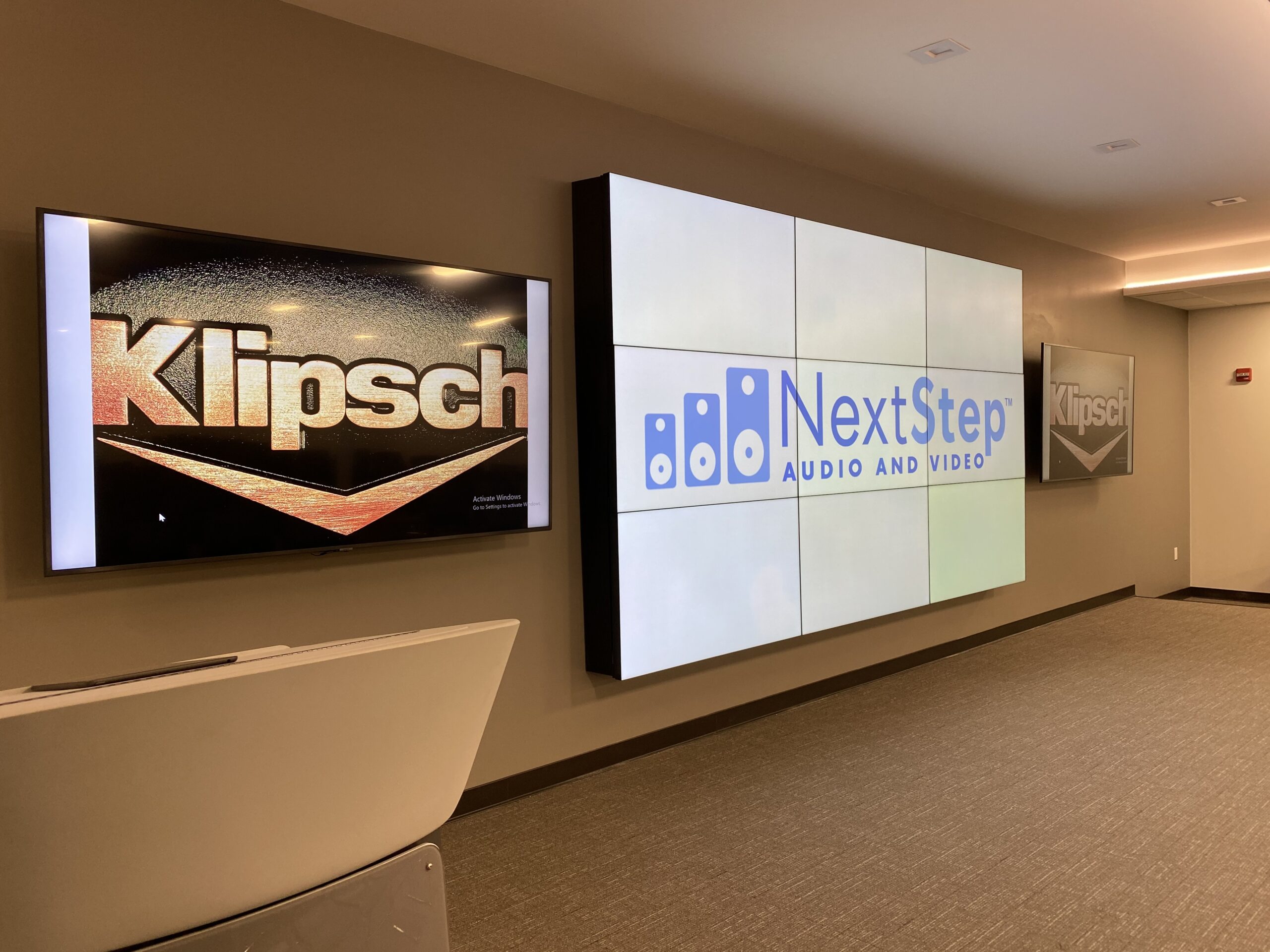A single key benefit of audio over IP systems is its capability to connect multiple devices and technologies seamlessly. Classic broadcasting often depended on complex cabling and tangible connections, which could be cumbersome and limited. With AoIP, broadcasters can readily connect microphones, audio consoles, and additional devices through a common infrastructure. This integration allows for off-site broadcasting and live transmissions from virtually any place, making it easier to connect with audiences across the world. As a result, broadcasters can respond quickly to ongoing events and listener demands, leading to more vibrant and engaging content.
Additionally, AoIP technology facilitates high-quality audio standards that enhance the listening experience. Unlike conventional broadcasting methods, which may diminish sound standards, audio over IP can preserve the purity of the audio stream during the delivery procedure. This implies that listeners can enjoy clearer and more detailed sound, regardless of whether they are listening in via terrestrial radio, streaming over the internet, or using mobile devices. The ability to deliver high-fidelity audio is particularly crucial for musical and discussion programs, where every detail matters to the audience.
Moreover, the implementation of audio over IP technologies can lead to cost savings for broadcasters. By using existing network infrastructure, organizations can eliminate the need for expensive hardware and extensive cabling. This not only lowers initial costs but also decreases operational costs over time. Media firms can distribute resources more effectively, focusing on production and human resources growth. As a consequence, the entire media industry can gain from enhanced innovation and creativity, as financial resources are reallocated toward enhancing programming and engaging with audiences.
In conclusion, the shift towards audio over IP systems is changing the media landscape. By allowing smooth links, improving audio standards, and reducing costs, AoIP is clearing the path to a better integrated future in broadcasting. As media organizations continue to adjust to these developments, they will be more prepared to satisfy the demands of their listeners, produce captivating programs, and remain competitive in an constantly changing industry. The future of commercial auditorium design broadcasting is bright, and audio over IP will play a crucial role in shaping how we experience audio content in the years to come.
